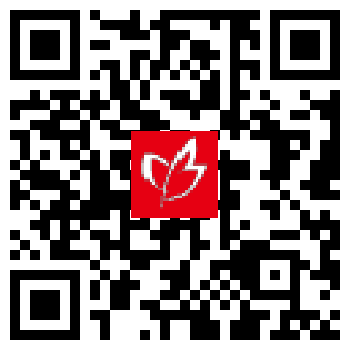
(24-25高三下·重庆·阶段练习)In cultures worldwide, toys have been used to teach children about the society they live in. Recent research reveals that giving the wrong toys may have contributed to the downfall of the Norse settlers who came to Greenland from Iceland.
Arriving in 985, the Norse thrived for a few centuries but was forced to abandon Greenland by 1400. In contrast, the Inuit people, arriving around 1000, endured long after the Norse left. This difference has puzzled archaeologists for decades. One idea was that the Norse did not eat more seafood when farming conditions worsened. But studies of Norse teeth show that they did turn to the ocean for food. Archaeologists agree that the Inuits adapted successfully while the Norse did not, but nobody knows why.
To try to answer the question, the researchers looked at as many toys as they could find that had once been played with by the children of either culture. The Norse settlements yielded 72. The Inuit settlements, located in similar environmental conditions, yielded 2,397. The researchers then assigned each toy to one of five categories, including toys of weapons, tools, forms of transport, for social play and for skill play. They also determined approximate times for when the toys were made.
The categorisation process revealed that the Inuit children not only had more toys available to them, but that these toys were more diverse. Most importantly, it was found that the differences in the number and diversity of toys grew dramatically over time.
As the years went by, toys associated with hunting at sea became more common among the Inuit, but the Norse continued to give their children figurines of horses and birds. In essence, say the researchers, the Norse were adapting their lives to their new environment but continuing to gift old-fashioned toys.
Though the lack of toys may indicate that Norse society was less creative from the start, the researchers argue that their tendency to give irrelevant toys intensified any initial lack of creativity and ultimately reduced their chances of survival. In contrast, the Inuits’ preference for diverse and relevant toys paved the way for their children to be more innovative and adaptive. A lesson for parents if ever there was one.
117.What did the toy study aim to further investigate?
A.The Norse’s dietary change. B.The Norse’s failure to endure.
C.The Inuits’ fishing advantage. D.The Inuits’ success in farming.
118.What was a major advantage that Inuit toys had over Norse toys?
A.Safety. B.Diversity. C.Interactivity. D.Portability.
119.What lesson can modern parents draw from the study?
A.Provide a wide range of play opportunities. B.Emphasize toys that promote imagination.
C.Choose toys that develop real-world skills. D.Encourage cooperative role-playing games.
120.Which of the following best reflects the main idea of the text?
A.Survival is a case of child’s play. B.Sticking to cultural essence is vital.
C.Innovation comes naturally over time. D.Cultural adaptation relies on children.
【答案】117.B 118.B 119.C 120.A
【知识点】科普知识 、社会问题与社会现象、说明文
该题有详细解析可以查阅1、本网站所提供的信息,只供教育教学参考之用。
2、本网站及其会员一概毋须以任何方式就任何信息传递或传送的失误、不准确或错误对用户或任何其他人士负任何直接或间接的责任。
3、在法律允许的范围内,本网站在此声明,不承担用户或任何人士就使用或未能使用本网站所提供的信息或任何链接或项目所引致的任何直接、间接、附带、从属、特殊、惩罚性或惩戒性的损害赔偿。
4、访问者在从事与本网站相关的所有行为(包括但不限于访问浏览、利用、转载、宣传介绍)时,必须以善意且谨慎的态度行事;访问者不得故意或者过失的损害本网站的各类合法权益,不得利用本网站以任何方式直接或者间接的从事违反中华人民共和国法律、国际公约以及社会公德的行为。对于访问者利用本网站提供的信息而作出的任何决策、决定以及其后果,本网站不承担任何责任
5、本网站图片,文字之类版权,本网站无法鉴别所上传图片或文字的知识版权,如果侵犯,请及时通知我们,本网站将在第一时间及时删除。
6、凡以任何方式登录本网站或直接、间接使用本网站资料者,视为自愿接受本网站声明的约束。
XueXi Design
